In Japan, which is often cited as “the country of abundant rice”, paddy field cultivation began in the late Jomon period (14,500BCE~300BCE). Since then, agricultural infrastructures have been improved through the efforts of rulers and people. According to the four seasons, collaborative works and festivals have been continuously repeated in rural communities throughout history. Through the consultations, and sometimes conflicts, during times of water shortage, the characteristic Japanese behavioral patterns to maintain “harmony” have been formed under limited national land resources.
At the turning point of the Reiwa period (2019~), we need to build a new stepping stone to preserve the assets of water and land for the next generations by reviewing the historical backgrounds of agricultural water (Water chapter), agricultural land (Land chapter) and rural villages (Community chapter).
---
These articles are originated from the articles written by J. Hanada and S. Tomita, ARIC public relations magazine No. 135-138 (2019, 2020)
Translated by N. Hatcho
Honorable Professor, Kinki University
Water chapter - History of Water Development in Japan -
In “Water chapter”, we focus on “water use technologies”, which are the root of agricultural and rural engineering, review the history of “water” from the beginning of our culture till today that predecessors have been deeply devoted to, and consider the future of agricultural and rural engineering.
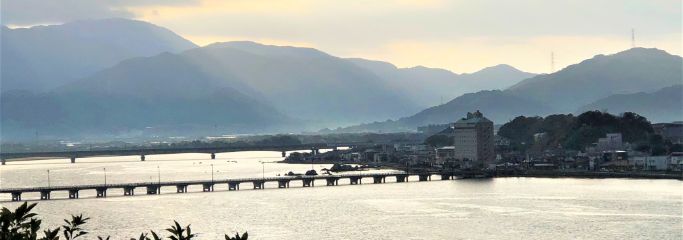
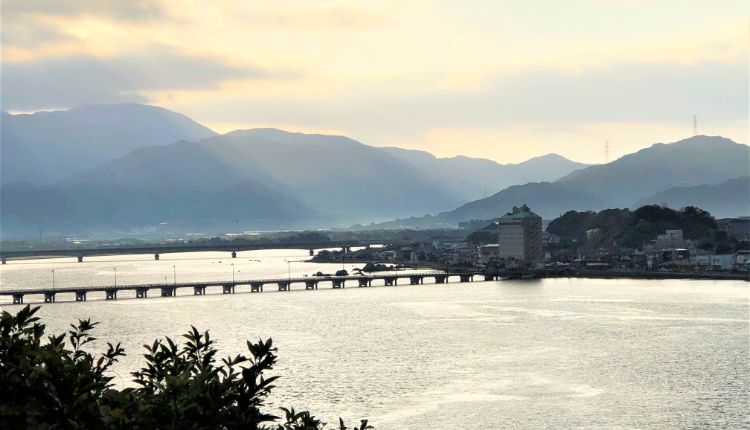
Shining Matsuura River with abundant flow (Karatsu City, Saga Prefecture)
Land chapter - History of Agricultural Land Development in Japan -
In “Land chapter”, we review the history of “agricultural land”, which has been the backbone of our livelihood since the dawn of history. In this current period of population decrease, in which the agricultural land of Japan has been rapidly decreasing since its peak around 1960s, we need to consider ways to pass down the landscape of the country of abundant rice to next generations.
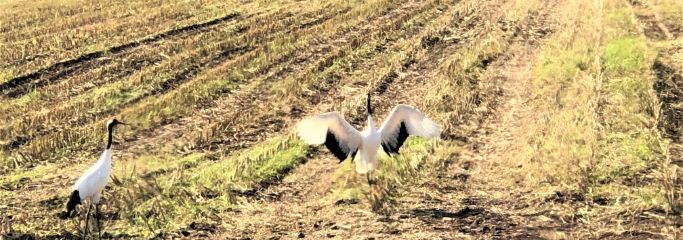
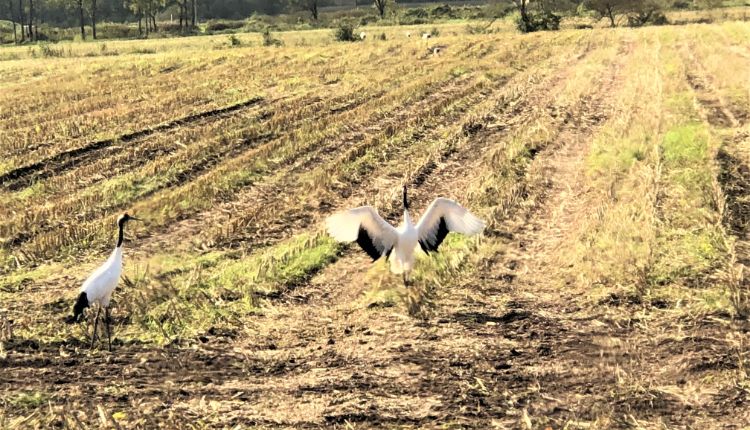
Dancing Japanese cranes on fertile farmland in Kushiro Plain (Kushiro City, Hokkaido)
Community chapter - History of Community Development in Japan (Primitive-Ancient Period) -
The civilization of Japan started with farming. In “Community chapter”, we review the Japanese patterns of thinking which show strong attachments to the land or the group that they belong to, as well as the underlying behavioral principles of the Japanese which enabled them to modernize the country into an economic giant in a short period, together with the history of “rural communities”.
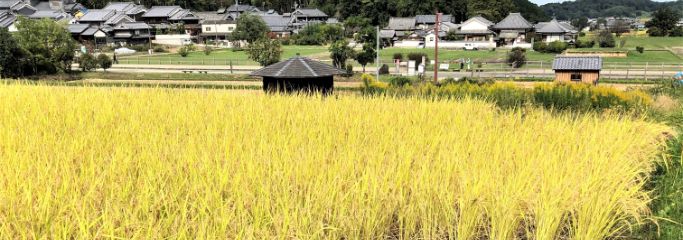
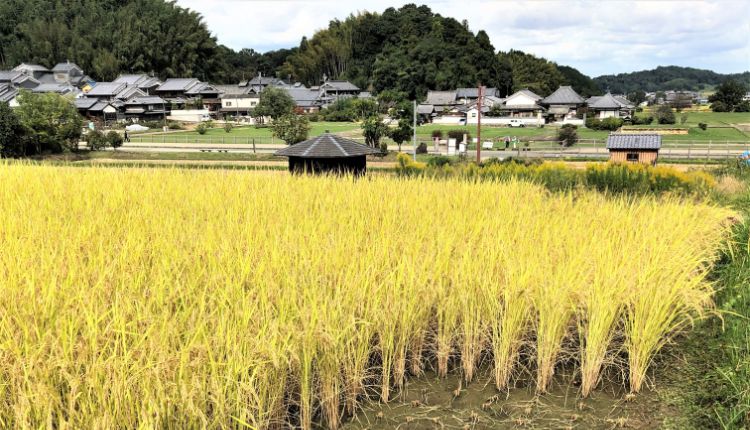
Yamato Plain, inheriting the image of “Kunino Mahoroba” (most supreme land) (AsukaVillage, Nara Prefecture)